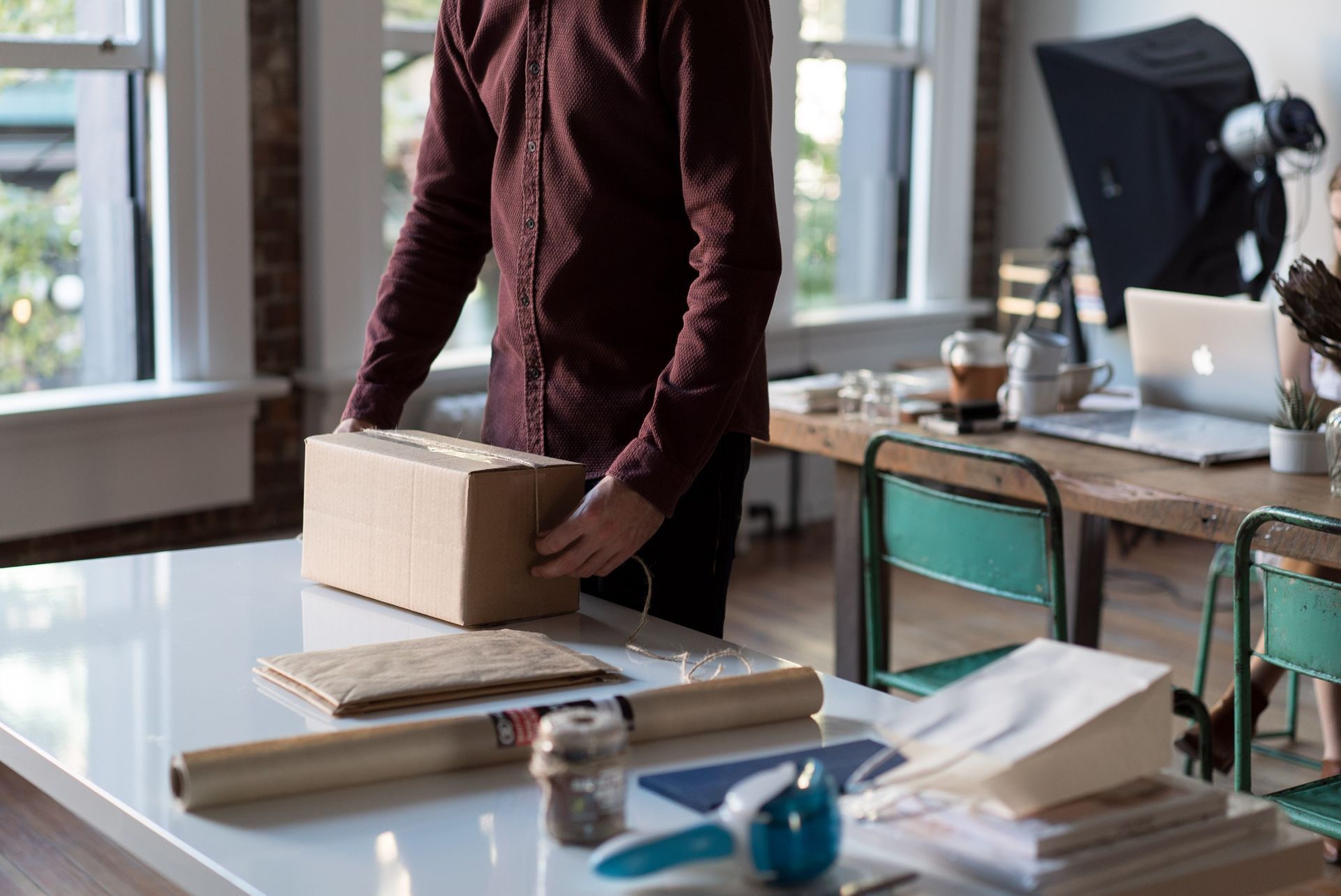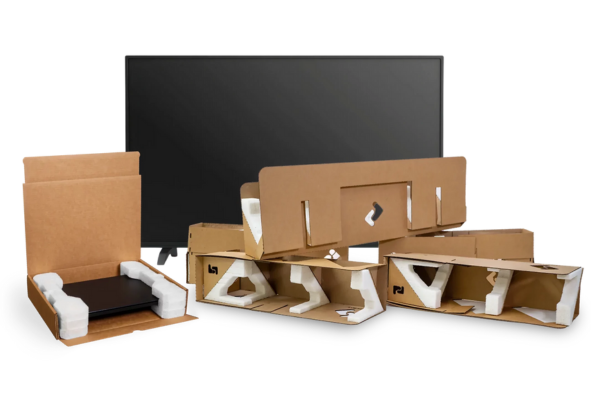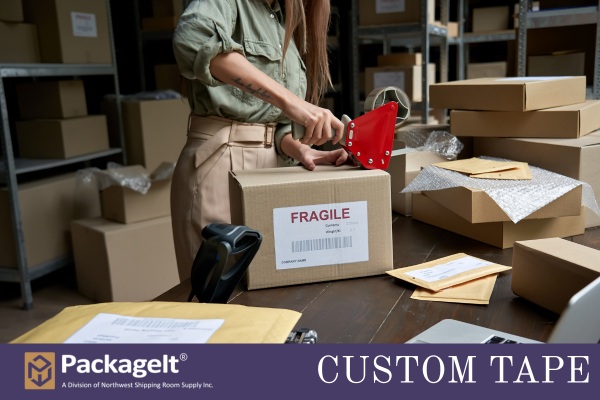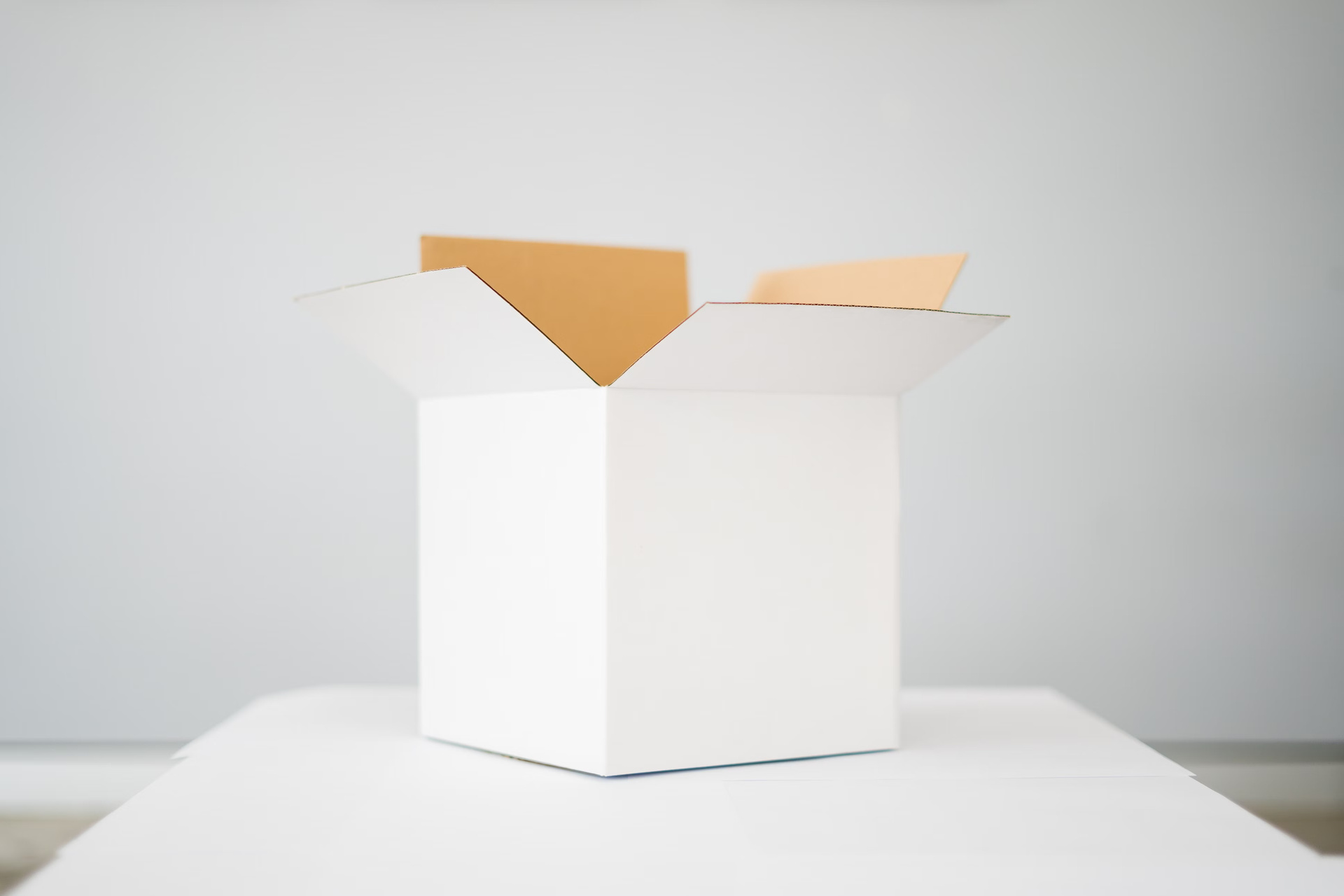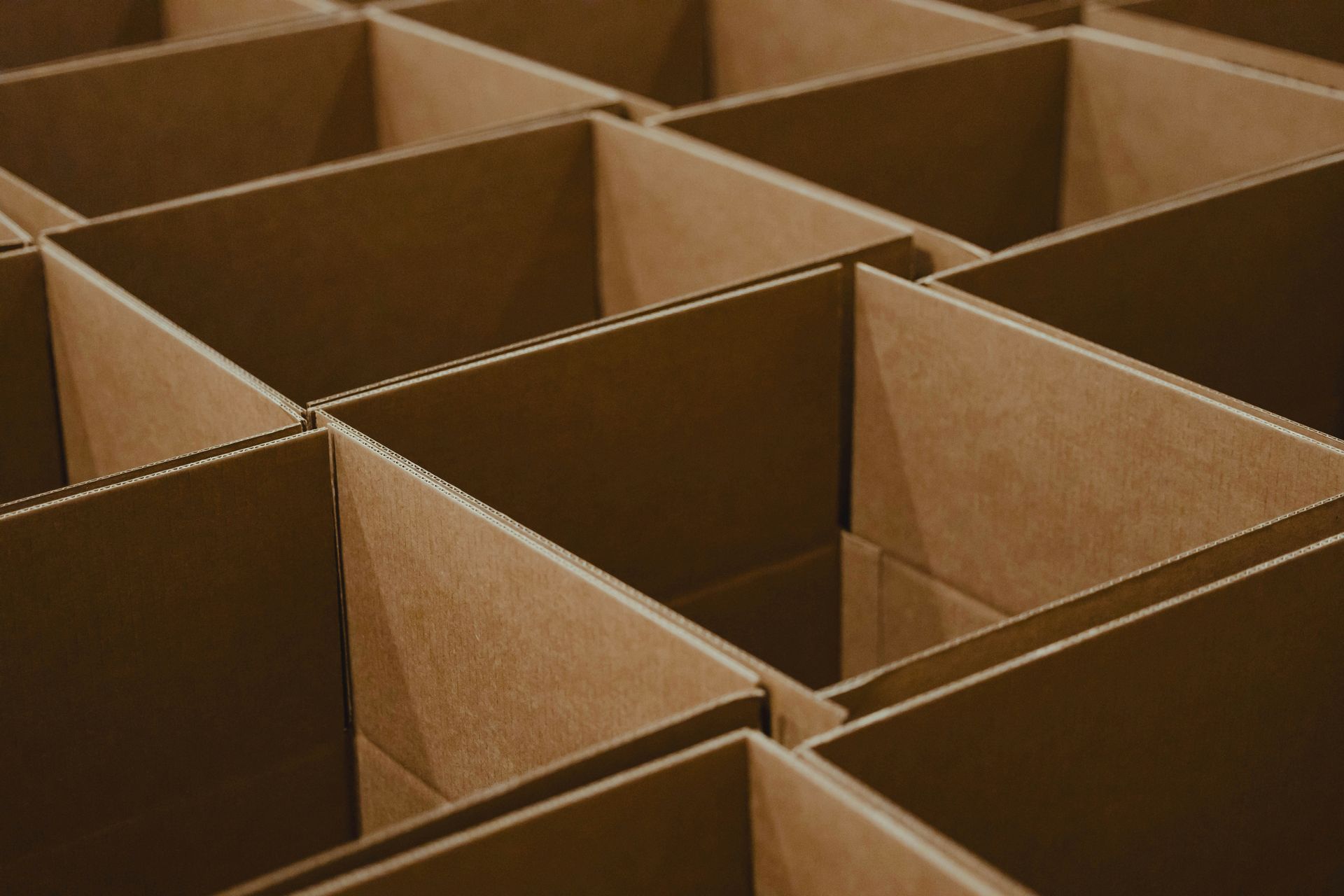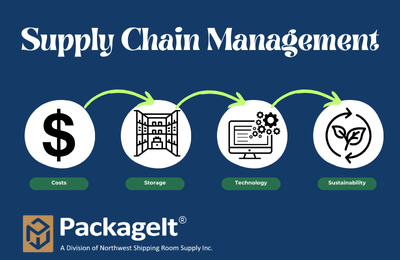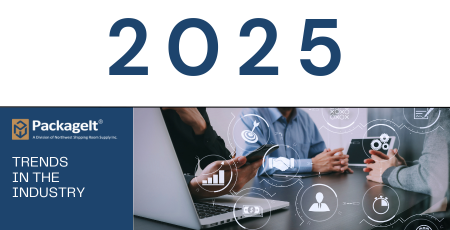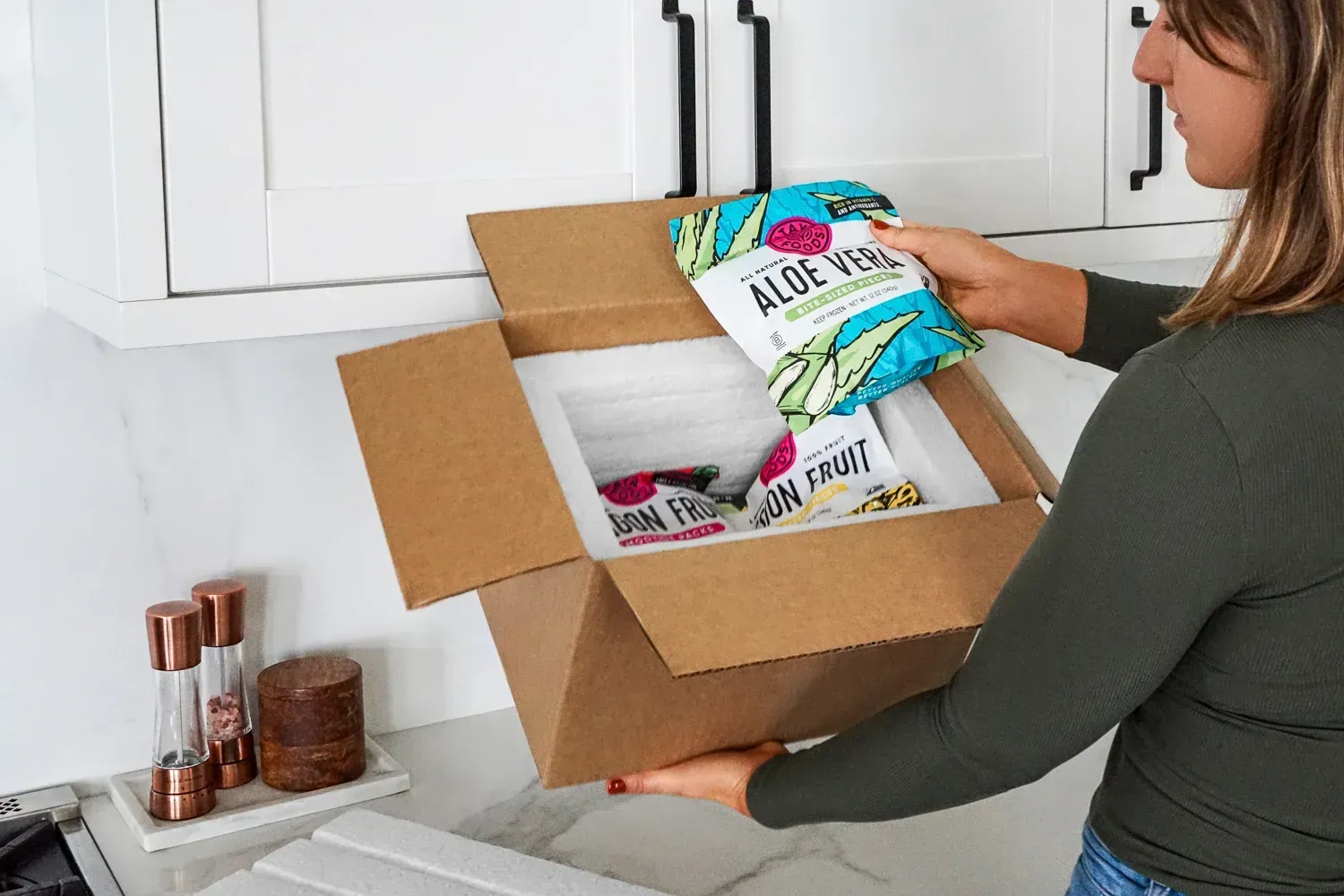When Your Business Really Wants to Go Eco-Friendly, Using Sustainable Void Fill
In today's environmentally conscious world, businesses are increasingly looking for ways to reduce their environmental impact. One area where significant strides can be made is in packaging, specifically by incorporating sustainable void fill materials.
Why Sustainable Void Fill Matters
Traditional void fill materials, such as expanded polystyrene (EPS) peanuts and plastic air pillows, pose significant environmental challenges:
- Landfill Waste: These materials often end up in landfills, where they persist for centuries without decomposing.
- Pollution: Production of these materials can contribute to air and water pollution.
- Resource Depletion: Many are derived from non-renewable resources like petroleum.
Sustainable Alternatives
Fortunately, numerous eco-friendly alternatives are available:
- Recycled Paper: Shredded paper, kraft paper, and honeycomb paper are readily available, recyclable, and often made from post-consumer waste.
- Biodegradable Materials: Options like cornstarch-based peanuts, mushroom packaging, and wood wool offer excellent cushioning and decompose naturally.
- Reusable Solutions: Inflatable air pillows and reusable pouches can be refilled and reused multiple times, minimizing waste.
- Cruz Foam: A high-performance protective product with a “block & brace”- style format for the shipping of impact-sensitive goods.

Benefits of Switching to Sustainable Void Fill
- Reduced Environmental Impact: Minimizes landfill waste, reduces pollution, and conserves resources.
- Improved Brand Image: Demonstrates a commitment to sustainability, appealing to eco-conscious consumers.
- Cost Savings: Some sustainable options can be more cost-effective in the long run.
- Enhanced Customer Experience: Many customers appreciate eco-friendly packaging and may be more likely to choose businesses that prioritize sustainability.
Making the Switch
- Assess Your Current Practices: Evaluate your current void fill usage and identify areas for improvement.
- Research Sustainable Options: Explore the various eco-friendly alternatives and choose the best fit for your needs and budget.
- Test and Compare: Conduct trials with different materials to ensure they provide adequate product protection.
- Educate Your Team: Train employees on the proper use and disposal of sustainable void fill.
- Communicate Your Sustainability Efforts: Highlight your use of eco-friendly packaging to customers through marketing and branding.
Going Sustainable: Is the Cost Worth It?
The shift towards sustainable business practices often carries a perceived high price tag, leading many to question its worth. Talking the talk is great, but when it comes to implementing, biting the bullet can initially come with some sticker shock. While initial investments can be significant, a long-term perspective reveals a compelling case for sustainability.
Short-term costs might include upgrading equipment, sourcing sustainable materials, or implementing new processes. However, these investments often yield substantial long-term benefits. Reduced energy and water consumption translates directly into lower utility bills. Waste reduction minimizes disposal costs and can even generate revenue through recycling programs.
Beyond direct cost savings, sustainability enhances brand reputation. Consumers are increasingly eco-conscious, favoring businesses that demonstrate environmental responsibility. This translates into increased customer loyalty, positive brand image, and access to new markets.
Furthermore, proactive sustainability measures can mitigate future risks. Regulatory changes regarding environmental impact are becoming more stringent. Businesses that adapt early avoid costly last-minute overhauls and potential penalties.
While the upfront costs of going green can be daunting, the long-term financial, reputational, and risk-mitigation benefits make a strong case for its worth. Sustainability isn't just an ethical choice; it's a smart business strategy.
Conclusion
By incorporating sustainable void fill into your packaging strategy, your business can make a significant contribution to environmental protection while enhancing its brand image and potentially improving its bottom line.

